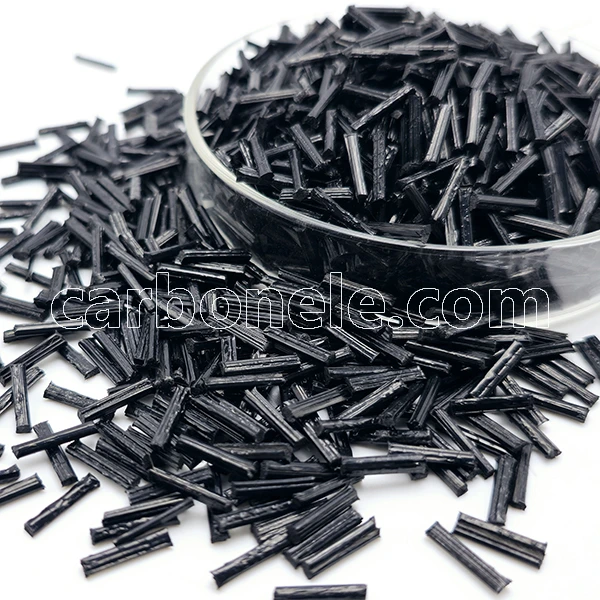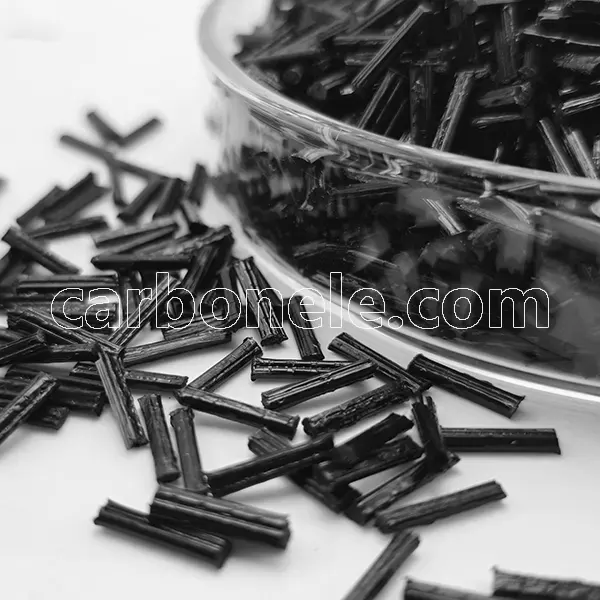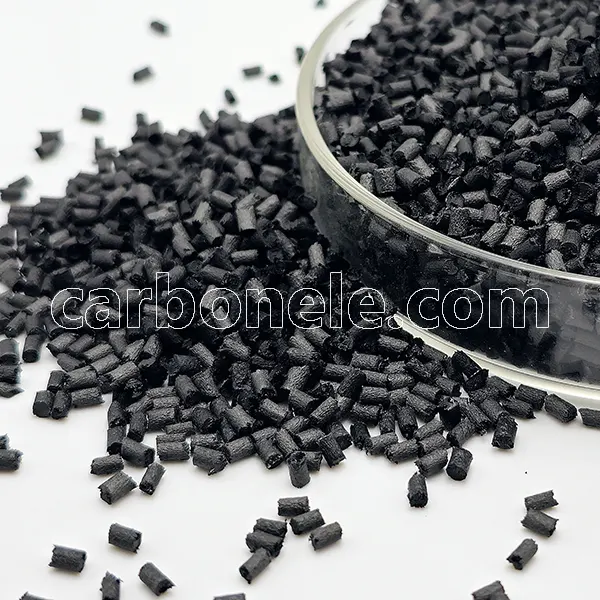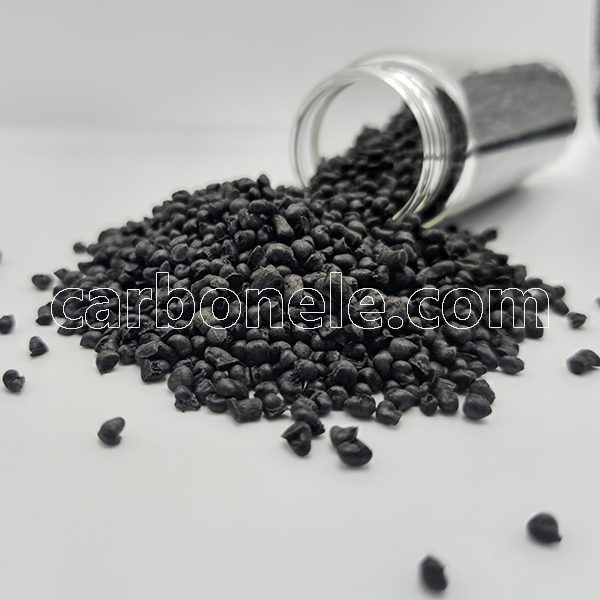
How Do High-performance Composite Materials Maintain Their Performance Over Long-term Use? - Carbon Fiber Compounds Manufacturer | Supplier
Because of their great durability and long-term stability, high-performance composites can keep their performance in a wide range of demanding uses. This makes them versatile tools for usage in many different fields.
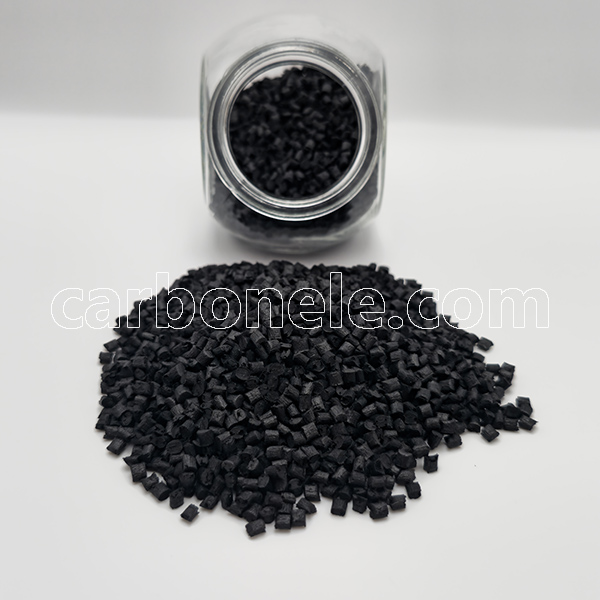
High performance composite materials
The design of the product as well as the materials’ choice
The design of the product and the choice of materials both
Choosing and developing the materials in the appropriate manner comes first in terms of preserving their performance. Combining a resin matrix with reinforcing fibres—among others, carbon fibre and glass fibre—allows one to build composite materials. The lifetime of the material is mostly dependent on the chemical and physical characteristics of the resin matrix and the reinforcing fibres. Design calls for considering the material’s ability to sustain weights over a lengthy period of time, its resistance to the surroundings, and its estimated service life.
The ability to combat chemically produced corrosion
High-performance composites are able to withstand the assault of solvents, acids, bases, and other types of chemicals as well as show quite strong resistance to chemical corrosion. This quality helps composites operate remarkably in numerous contexts, including chemical industrial and marine settings. Furthermore, they remain functional even after being exposed to corrosive chemicals for a reasonable period of time.
The Effects of Weathering and UV Radiation Stability
Excellent resistance to the effects of UV radiation and weathering is demanded of composite materials exposed to the elements for an extended length of time. While still preserving their mechanical properties and appearance, composites can withstand the damage caused by UV light. This is made feasible by using weathering resins and stabilisers.
Being able to withstand heat and still maintaining thermal stability
Particularly in uses requiring high temperatures, composite materials are of great importance in terms of thermal resilience. High-performance composites can resist prolonged heat exposure without incurring any thermal degradation, therefore preserving both their structural integrity and performance. This is rather noteworthy. Thermal ageing resistance guarantees that the material will not lose its strength and stiffness in the case that it is subjected to high temperatures for a long period.
Protection against both wear and tear and damage caused by impact
Extended usage of composites may cause them to undergo cyclic loading in addition to impact. Because of the properties of the fibre reinforcement they include, composite intended for great performance have an amazing resistance to fatigue. Composite ability to withstand impact may be raised by improving their design and using materials particularly meant to absorb impact. < This may be achieved using materials designed to absorb impact.
Regular periodic inspections and maintenance done consistently
Frequent inspections and maintenance on high-performance composites are crucial to ensure that they will keep running efficiently over a long length of time. This is so because these composites possess an extraordinary durability quality. This covers a thorough surface-of- the material examination as well as structural integrity and any possible damage involved as well as any required repair work.
Mechanisms of ageing in composite materials and related
More successful protective strategies, which will thus help to extend the lifetime of materials for their intended use, can be developed by means of in-depth research of the mechanisms causing composites to age, including oxidation, hydrolysis, and microbial attack.
The technology meant to protect the surface
Coatings and plating among other surface protection methods can help composites resist the effects of weathering and chemicals as well as offer extra protection and help to lower the amount of damage and wear mechanical forces cause.
Techniques and systems for repairing composite materials
Development of efficient composite repair technology is vitally crucial to guarantee that its functionality over a long length of time is preserved. Included in this category also are the utilisation of fast repair techniques and innovative repair materials such self-healing polymers.
Technologies used in management and monitoring of composite materials
Modern monitoring methods include acoustic emission detection, thermal imaging, and fibre optic sensors allow one to track the changes in performance of composite materials real time. This guarantees the early identification of any possible issues.
A comparative analysis of the life cycle of composite materials
Using life cycle assessment (LCA), one may find possibilities for performance maintenance and life extension by first considering their manufacturing and then their disposal, therefore revealing choices for both. One may do this by looking at the composite material composition.
the manufacturing of products less harmful to the preservation of the surroundings
By means of the development of high-performance composite materials that are favourable to the environment, one may limit the effect of materials on the surroundings and increase their sustainability. Among such materials are recyclable fibres and bio-based polymers.
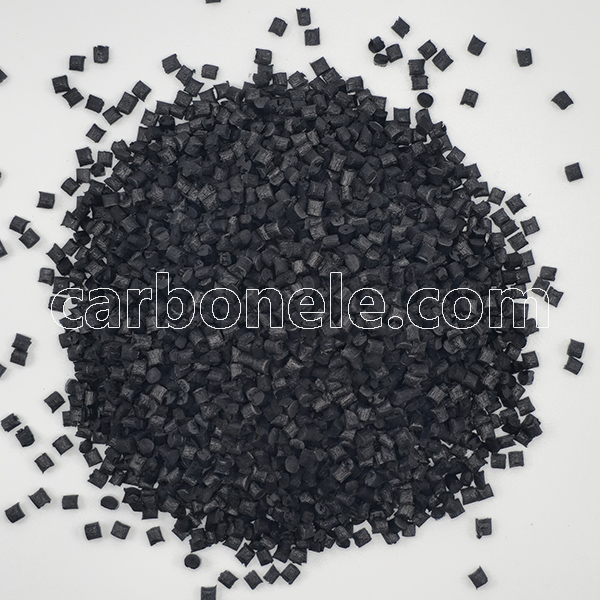
High performance composite materials
Regarding performance maintenance, long-term usage of high-performance composites calls for a solution that considers various factors. This approach consists in the choice of materials, the design of the composite, resistance to chemical corrosion, resistance to weather, thermal stability, as well as resistance to fatigue and impact damage; also included are periodic inspection and maintenance. When these factors are considered, composite materials may provide dependable performance in a wide range of applications and they may even surpass or even past the planned service life.
Feature Product
-
PA12 LCF30 for Drone Fuselages & Wings
What do you know about PA12 LCF30? PA12 ...
-
Competitive Price PA6 LCF30 Composites
What’s it? PA6 LCF30, which stands...
-
ABS CF10 Compound ABS 10%CF Thermoplastic Compo...
What’s ABS CF10? ABS CF10 refers t...








